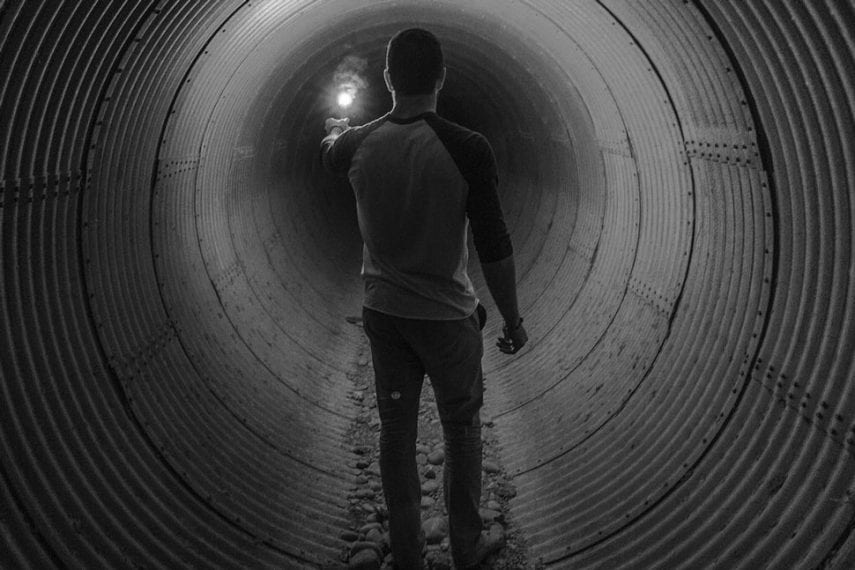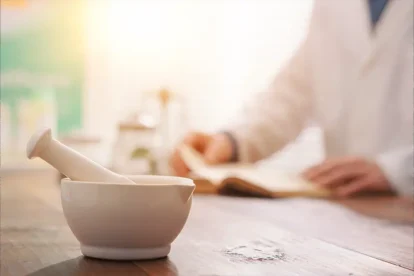The Importance of a Peer Support Network During Addiction Recovery

Research shows that people who have lived experience in addiction provide some of the most valuable support to those still struggling with it. Building a network of peers during residential treatment, connecting with peer-professionals while you’re there, and then using a continuing care plan to maintain that network once it has concluded can help bolster your recovery with a peer-oriented safety net after treatment.
For people learning about mental health and addiction treatment for the first time, the idea of peer support can seem problematic. Because it involves someone in recovery working directly with someone who still struggles with addiction, it has raised more than a few eyebrows. What if one person triggers the other? What if—even worse—they relapse together?
In reality, there’s a significant amount of research that shows that contact with peers consistently does more good than harm for people going through residential addiction treatment. So much research, in fact, that even SAMHSA now recognizes peer support as an invaluable evidence-based mental health and addiction recovery practice. In a report the organization wrote on the subject in 2009, they explain that peer support services “extend the continuum of care by facilitating entry into treatment, providing social support services during treatment, and providing a post-treatment safety net to those who are seeking to sustain treatment gains.” In short, peer support helps get people into treatment for addiction, helps support them while they’re there, and then offers an extra layer of support once they’re out.
Your First Peer Network in Addiction Treatment
Peer networks come in many different shapes and sizes, but oftentimes, the first and most organic peer support group you’ll encounter is the group of people you enter treatment with. After all, who better to understand the uphill battle of detox and recovery than the people who are experiencing it in real-time alongside you? Despite your differences, you’ll have come together to create a persistent, intentional community made entirely of people who have given themselves permission to heal, and that’s an incredible thing. It makes sense that residential addiction programs ask people to go through this journey together: the camaraderie that grows out of such a community can be a stabilizing force for people going through what they see as the darkest moments of their lives. Even when they feel like they’re at their worst, they’re surrounded by people who haven’t just been there, but who are there.
The difference between the peer groups you build in residential settings and the peer groups you build outside of them is really about process—not quality. One isn’t “better” or “worse” than the other; they’re just two different supports you put in place at different points during your recovery. For example, if you’re going to occasional outpatient therapy or AA meetings, you’ll go back home at the end of the day, but not if you’re going through residential treatment. If you’re going through residential, you’ll spend 30 days surrounded by a group of people who are all at vastly different moments in their recoveries. Despite those differences, you’ll go to group and art therapy together, exercise together, eat together, and even go on outings with your treatment team together. The people you meet become your recovery community, and the relationships you build in that community are consistent and intensive. In residential addiction treatment, you’re never alone in your struggle, even when it feels that way; instead, you’re surrounded by people who know addiction firsthand, who get it, and who want to find their way out of it as much as you do.
Get Help for Drug Addiction
Alta Mira is a Safe Place to Get Your Life on Track
Professionals as Peers in Addiction Recovery Treatment
Another important way to access peer support when you’re grappling with addiction and recovery is by putting yourself in direct contact with mental health professionals who have personal experience with addiction. For many in treatment, seeing someone who’s come out on the other side gives them an immediate sense of hope, simply because those people show that recovery from addiction is possible. It seems like an easy idea, but as anyone who’s been through recovery knows, it’s one that can look insurmountable when you feel as if all you’re left with is your addiction.
Peers who are also professionals are living proof that it’s possible to get better, and because they have an insider’s understanding of what addiction and recovery really look like, they have the capacity to reach people in a different, more experience-based way than those who don’t. SAMSHA offers another interpretation of the value of peer-professionals: “Another critical component that peers provide is the development of self-efficacy through role modeling and assisting peers with ongoing recovery through mastery of experiences and finding meaning, purpose, and social connections in their lives.” Peer-professionals don’t just show us it’s possible; they also show us how it’s done.
By staffing their programs with professionals in long-term recovery, treatment centers such as Alta Mira have made a point of tapping into the lived experience that makes peer work so valuable. This goes a long way towards breaking down the barriers that sometimes stand between “clients” and “professionals,” which can make it hard for people who struggle with addiction to access the right kind of care. Now, thanks in large part to the emergence of significant research on the subject, the right kind of care is widely available—it’s just a matter of finding a treatment center that offers it.
Finding Peer Support Resources After Your Addiction Recovery Program
Once you’ve completed your treatment program, your next course of action will be getting plugged back into life on the outside. You’ll have done all the right things: gone through detox, attended your therapy sessions, gone to art therapy and acupuncture and yoga, and built up a formidable support network. In short, you’ll have put in the work, even though it was hard, and even though you were scared. Now, what? How can you hold that momentum? How can you recreate that peer network outside of your program? How can you deepen it?
You can start by leaving your addiction treatment center with a detailed continuing care plan, one that highlights how you can keep in touch with the professional support system you’ve already established there, and that also offers a wide range of ways for you to link up to peer support resources in your local area. Having a continuing care plan in place before you leave treatment will help you establish a routine connection to peer support on the outside, and also create a safety net that you can fall back on when you need a little extra support.
Using Peer Support as a Self-Care Strategy
When you and your treatment team are putting this plan together, you’ll talk about what options make the most sense to you, whether that’s finding a sober living community to transition into, an addiction recovery community center you can contact for less intensive support, or just a weekly group you can get plugged into. Many people, more used to technology-enhanced communication, are finding online and video conferencing support groups easier to handle socially and just as effective since you can expand to find peers outside your immediate geographic area.
Of course, reaching out to a support group for the first time can be a really daunting task, but it’s a valuable act of self-care, one that could end up being the difference between feeling supported in times of crisis and feeling like you’re totally on your own. You aren’t. There are others out there who have struggled or are struggling in the same way, and these are just some of the ways you can put yourself in touch with them.
Alta Mira offers an expansive array of supports and services to people struggling with substance abuse and alcohol addiction as well as dually diagnosed mental health challenges and process addictions. Get in touch with us to learn more about our cutting-edge treatment and how you can strengthen your peer networks to create longstanding recovery.






